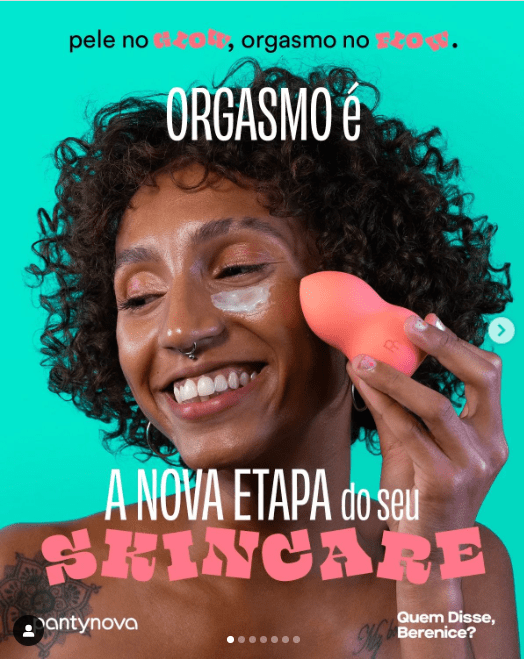The sexual health and wellness space is booming. The once-taboo category is now widely available at mainstream retailers, and the current spotlight is increasing competition and driving innovation.
There are opportunities for BPC brands to tap into the space organically by positioning sexual wellness as self-care and here are seven strategies BPC brands can use to stand out in the sexual wellness space:
1. Link pleasure with skin health
Although more research is needed, beauty brands are capitalizing on the relationship between orgasms and glowing skin.
For example, beauty brand Quem Disse, Berenice? and sexual health brand Pantynova partnered together to promote orgasms as a skincare step to achieve glowing skin.
Consonant Skin+Care offered a limited edition “Come&Glow” set (client-link only), designed to help satisfy curiosity about all the ways masturbation can become part of skin care routines.
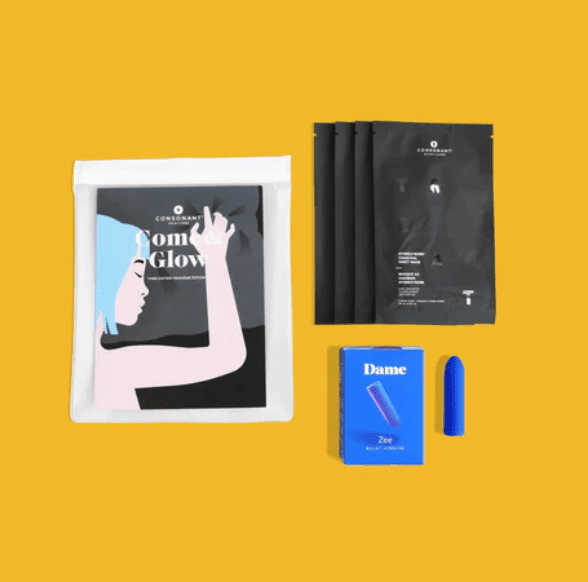
2. Align with gender-neutral trends
Brands operating in the beauty and personal care space have traditionally geared marketing efforts toward specific genders, and the intimate care space is no exception.
However, as previously noted by Mintel (client-link only), the sexual health space is expanding its focus from male pleasure to female pleasure, gender equality and wellness.
A gender-neutral approach to new product development (NPD) opens doors for brands to tap into fluid lifestyles, and offer solutions that can be used on all genders, with all genders. For example, Malaysian start-up Wondaleaf has launched what it says is the world’s first adhesive condom that can be worn by both women and men.

Currently, men are more comfortable purchasing condoms compared to women. Brands should take this into consideration. By marketing condoms for internal use, women may feel more comfortable making purchases.
3. Target innovation toward overlooked communities
Offer pleasure and protection to consumers whose preferred sexual activities have been overlooked, including experimental adults and individuals across the LGBTQIA+ spectrum.
My One brand condoms are the first to receive FDA approval for a “safe and effective use” label for anal sex.
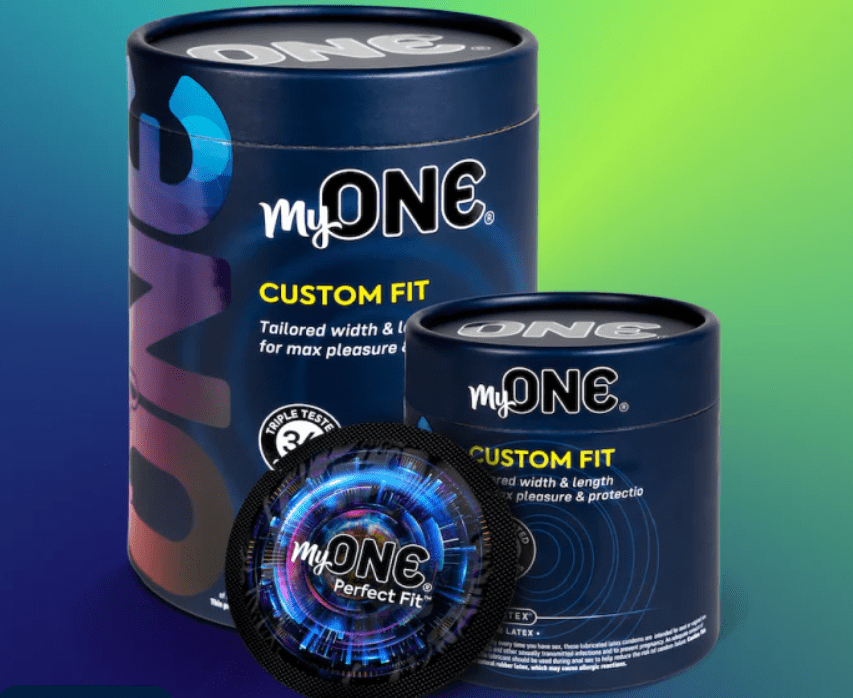
Lorals underwear is intended to be worn during oral sex for protection from STIs. Unlike dental dams, Lorals do not need to be held in place, allowing for hands-free exploration.
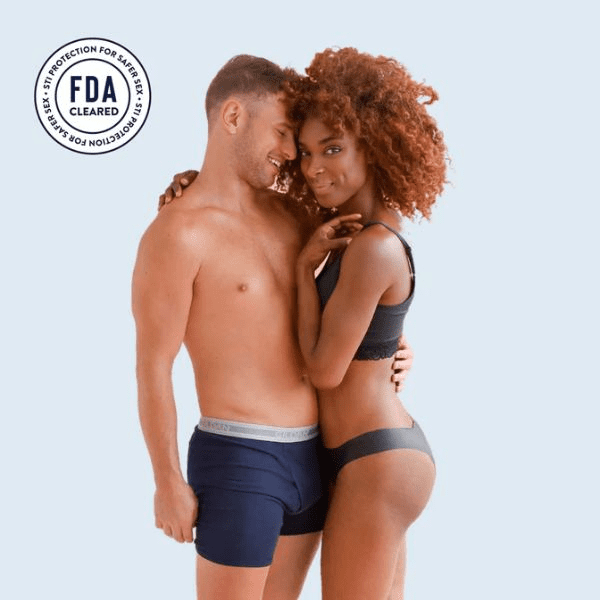
In addition to expanding product assortment to serve the needs of consumers across the LBGTQIA+ spectrum, brands can further their inclusion efforts and remove participation barriers by developing products for people with physical limitations. Mintel research reveals that 60% of Americans agree more brands need to adapt their products to be more accessible for people with disabilities.
4. Explore opportunities to address men’s sexual health and wellness
Studies at Monash University indicate that sperm count can decrease with age, unlocking opportunities to address men’s sexual wellness needs.
While there are medications and supplements that address erectile dysfunction (ED) in men, there are opportunities to develop alternative treatment products for consumers who don’t/can’t take certain medications. For example, the doctor-designed sexual health device brand MysteryVibe launched a wearable vibrator designed to tackle erectile dysfunction.

5. Consider the hormonal health needs of women
Life events such as pregnancy, menopause and puberty can impact BPC needs and wants. As a result, there has been a flurry of brands entering the space – targeting consumers based on their unique life stages and hormonal health needs.
As interest in hormonal health grows, sexual wellness brands can take cues from the beauty space and develop sex toys and products (beyond lube) for consumers experiencing pregnancy, menopause and IVF.
Earlier this year, Sephora began carrying Tabu, a sexual wellness brand focused on women in menopause.
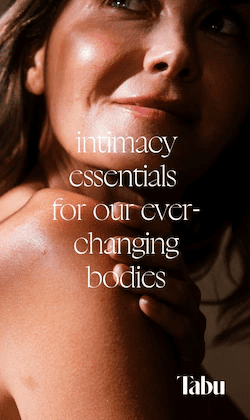
6. Address declining condom use
When it comes to condoms, Mintel consumer data shows that younger adults have traditionally demonstrated stronger engagement than older adults. While still more than the total population, in recent years condom use has declined among key groups in the US.
Condoms are the only contraceptive that protects against STIs, giving them a compelling advantage over alternatives. In addition to popular claims (e.g. thin material), condom brands can be more vocal about the preventative benefits of condoms.
Sexual wellness brands can take cues from the suncare space – which has benefitted from highlighting a range of benefits beyond skin cancer prevention, including anti-aging and enhanced skin glow. By marketing condoms as beneficial to overall health and wellness, brands may be able to spark interest.
There is ample opportunity for brands to strengthen condoms’ association with the wellness space by collaborating with players in adjacent categories, such as the skincare industry and the Vitamins, Minerals and Supplements (VMS) market.
7. Provide community and help consumers navigate difficult conversations
Create platforms for sex-positive conversations and offer services and tips designed to educate consumers. Mintel’s contraceptive research shows that 32% of adults in the US who are willing to discuss sexual activity and well-being have not tried but are interested in trying brands that offer safe sex education tools.
Although more consumers are comfortable discussing mental health, discussing sexual health – even with one’s own partner- is still a challenge for many. Brands can strengthen relationships with customers by offering practical advice on how to openly discuss sexual relationships with their partners.
Helping customers navigate topics such as incorporating sex toys, sexual preferences and ED can go a long way in building future loyalty. Sex toy brand Berry Lemon uses its blog to share educational tips with customers.

FOLX, a queer-centric digital health platform, was created as an alternative to the traditional US healthcare system in order to provide more convenient, judgment-free services to queer and trans patients. FOLX fosters community with its members by offering educational resources to help guide consumers on gender-affirming hormone therapies, and by hosting conversations on Instagram with clinicians on health concerns.

What we think
Put a modern spin on health products: Now is the time for brands to renovate health and hygiene products that appear dated and do not meet modern-day consumers’ expectations for convenient, aesthetically pleasing products. Consider new textures and formats to enhance the consumer experience.
Beauty trends influence sexual wellness: Sexual wellness brands have tapped into key themes in beauty, such as inclusivity and ingredients as USPs. Brands can learn from the renewed interest in suncare by re-marketing sexual “prevention” products and hone in on the long-term benefits of continued use.
Provide proof of “pleasure”: Consumers look for brands that offer transparency and proof of product efficacy. Given the intimate nature of sexual wellness products, highlighting safety becomes even more critical to success.
If you are interested in learning more about this topic, please contact us today.
24World Media does not take any responsibility of the information you see on this page. The content this page contains is from independent third-party content provider. If you have any concerns regarding the content, please free to write us here: contact@24worldmedia.com



